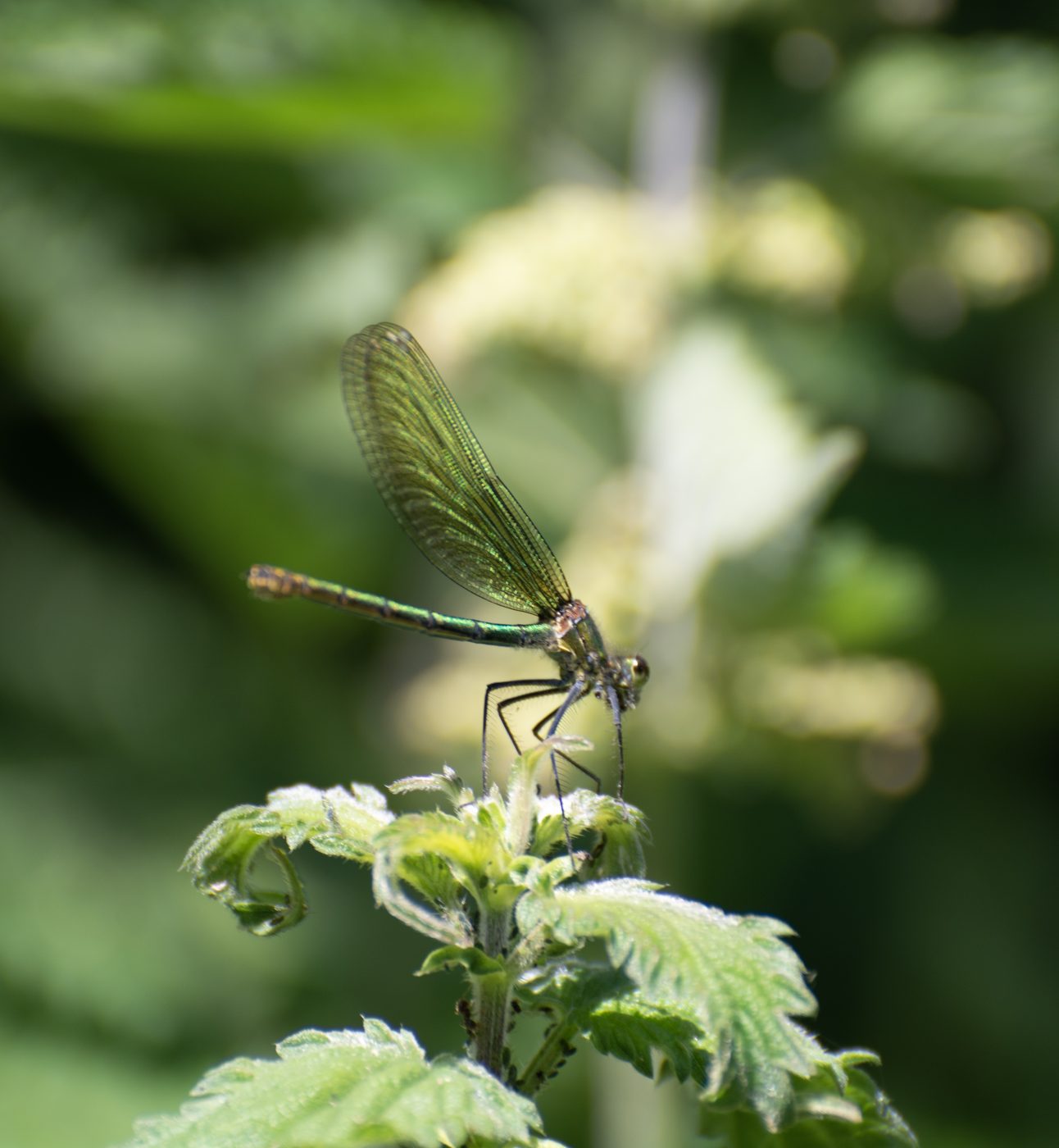
Welcome targets on nature recovery in National Parks but bolder action needed
The Government has set out key targets for restoring nature and habitats in protected landscapes.

One of the most tranquil places in the country, Northumberland National Park is the northern most National Park in England.
Home to iconic Roman ruins such as Hadrian’s Wall, The Cheviots and the darkest skies in England, Northumberland National Park is one of the least visited but still captivating National Parks in England and Wales.
Northumberland has some of the lowest levels of light pollution in England, making it one of the best places in the country to go stargazing. Offering pristine views of millions of stars as far away as Andromeda (2.5 million light years from Earth), it forms part of the first International Dark Sky Park to be designated in England (in 2013).
Designation: 1954
Habitats: Moorland, hay meadows, peatland, ancient woodland
Common wildlife: Goats, bumblebees, roe deer, barn owls, salmon, waders including lapwing, oystercatcher and curlew
Star spots: Red squirrels, black grouse, otters
Notable towns and cultural sights: Hadrian’s Wall, Pele tower ruins
Notable nature sights: Kielder Forest, Stell rigg
Popular activities for visitors: Stargazing, hiking, hill climbing
Highest peak: The Cheviot at 815 meters above sea level
Annual visitor numbers: 1.73 million in 2019
Threats: Increasing pressures from farming, climate change, industry, overdevelopment

The Government has set out key targets for restoring nature and habitats in protected landscapes.

Along with National Park Societies we've signed a joint letter calling for political parties to set out firm commitments on National Parks ahead of the next election.

More than four years on, we’re still no nearer to those transformational changes Protected Landscapes desperately need.